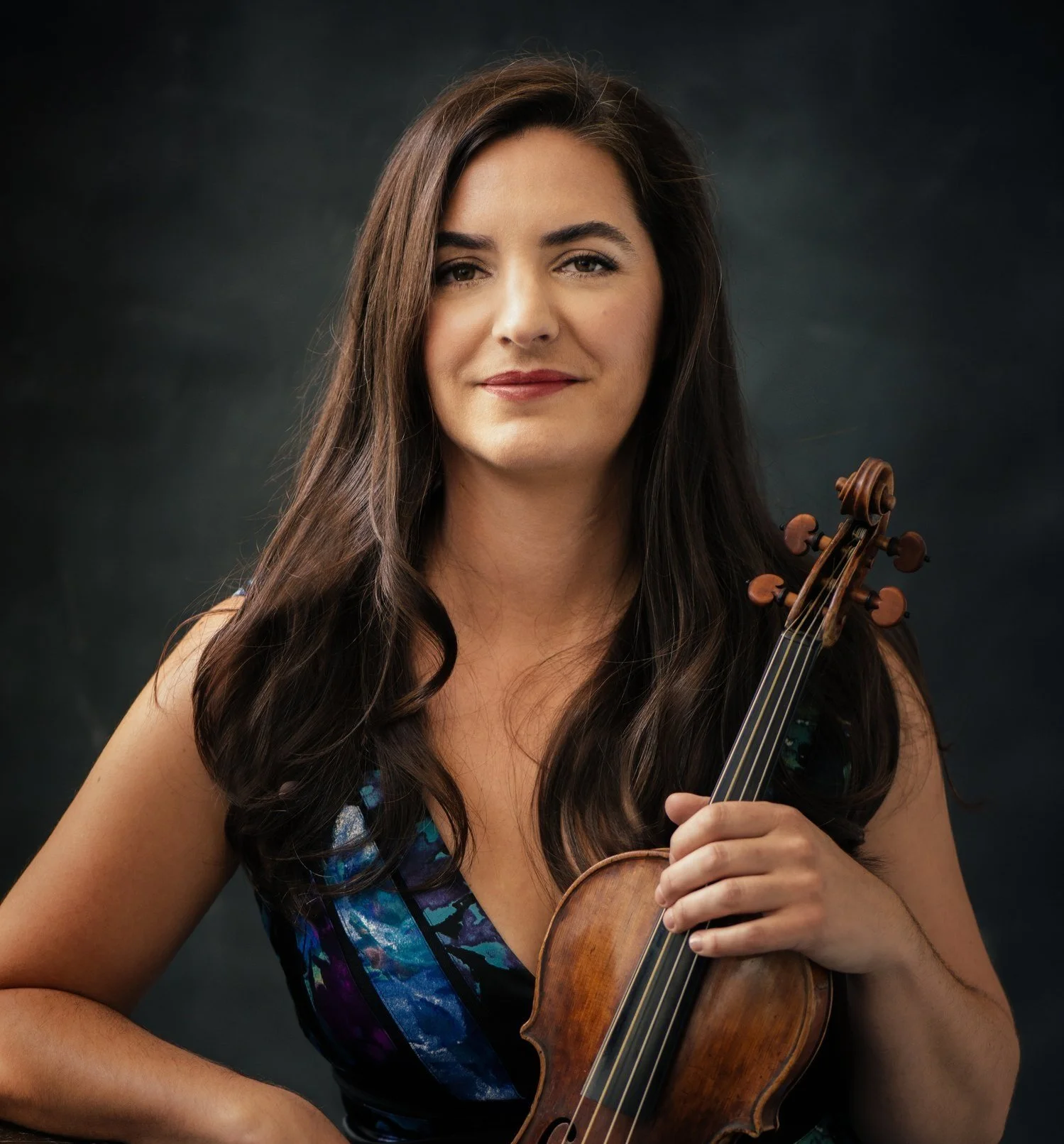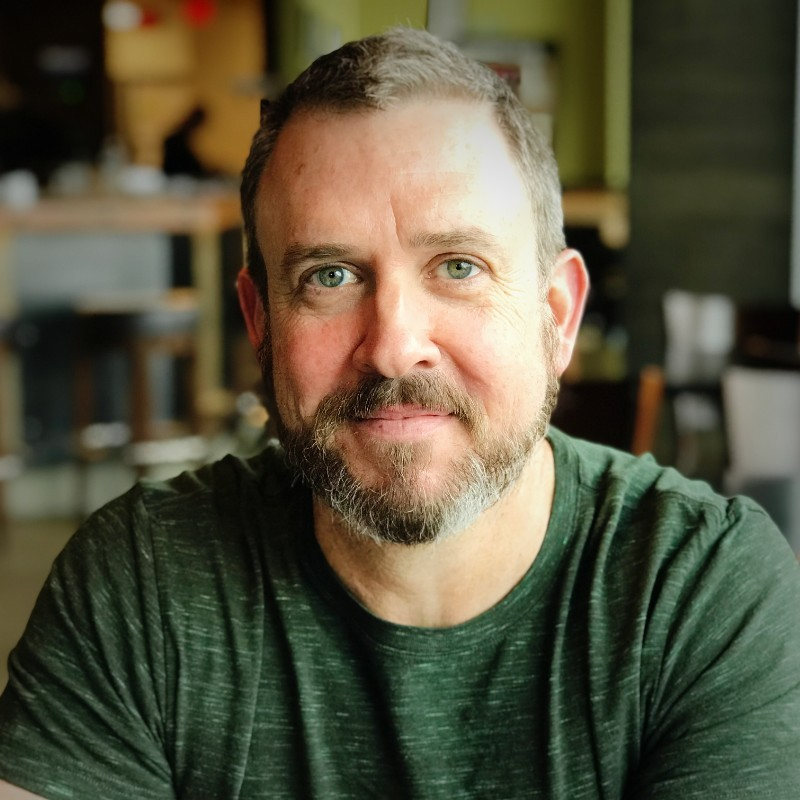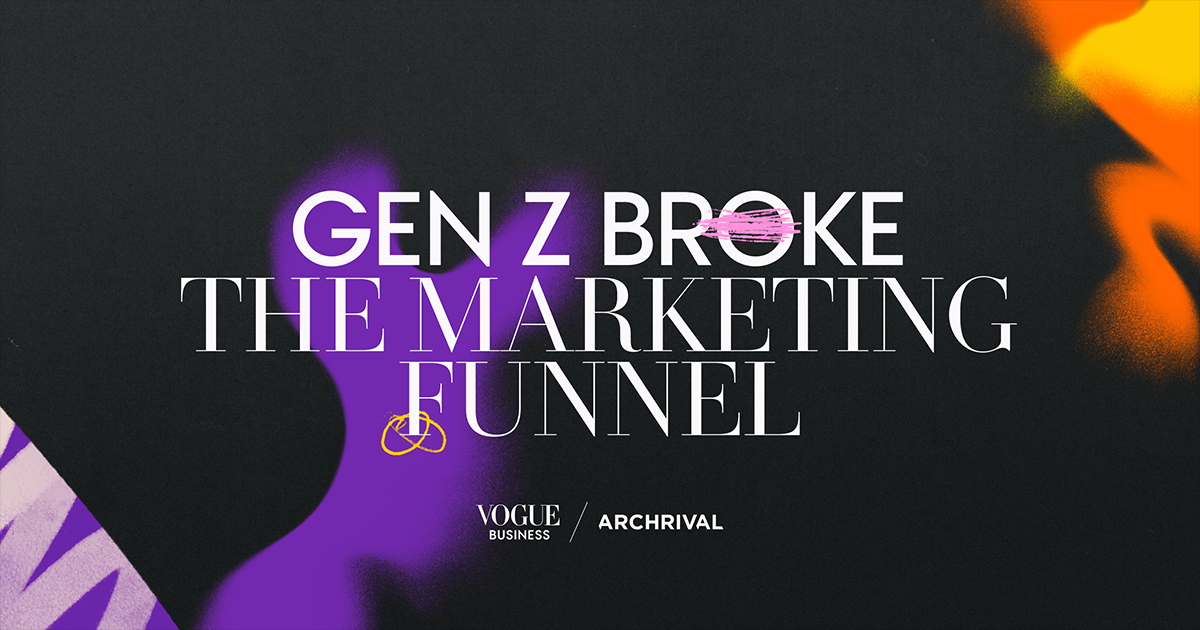
A new way forward
Arts organizations today are fighting harder than ever to attract a shrinking, oversaturated pool of traditional patrons.
It’s time to pivot to a customer-first approach built on business model innovation and demand-side strategy.
That’s how the arts sector will unlock relevance, revenue, and sustainability in today’s world.
-
![]()
“You've completely changed the way we talked about our concert series. By implementing the customer-first model, we MORE THAN DOUBLED ATTENDANCE at a recent concert compared to our past season’s average.”
– George Fergus, Artistic Director, Musica Atlantica
-
![]()
“What I have learned from you has been SO VALUABLE. Nearly 1,100 people took part in our inaugural weekend! The turnout exceeded all expectations and I am so grateful for your approachable, actionable teachings.”
—Tekla Cunningham, Founder, Seattle Bach Festival
-
![]()
"Ruth ignited our marketing, development, programming and venue hire teams with excellent, tangible recommendations that will now play a critical role in Melbourne Recital Centre’s next chapter."
—Latoyah Forsyth, Head of Marketing and Visitor Experience, Melbourne Recital Centre
-
![]()
"I turned the camera outward—and was awarded the full grant amount I asked for. I've found a new energy in tackling grants from this customer-centric paradigm, and I have A LOT of science, data, and language to use while doing so."
John Wilson, Director of Cultural Arts, Jewish Community Center of Saint Louis
-
![]()
"Ruth has an extraordinary vision for arts marketing, and the arts sector needs it now."
—Mark Schaefer, Author of Marketing Rebellion and Belonging to the Brand
-
![]()
"This may well be the salvation that audience-hungry arts marketers are searching for."
—Trevor O’Donnell, Author of Marketing the Arts to Death
-
![]()
"For any org wanting to center their customer and community, Ruth's thinking on this topic is hands down the best I've ever seen."
—Aubrey Bergauer, Changing the Narrative
-
![]()
“Ruth is a champion for your patrons. She sets aside all of the expertise and just asks one simple question: What matters to your customers? It's revolutionary.”
—Sean Kelly, Founder, Vatic
-
![]()
"...an incredible thought leader. Ruth's insight is what we need to hear as a sector right now. "
—Sarah Weber, Executive Director, Association of California Symphony Orchestras
-
![]()
"So grateful that Ruth is not only putting the Jobs to Be Done framework out there, but also providing illustrations on how to enact it."
—Timothy Myers, Music Director, Austin Opera and Music Director, Spoleto Festival USA
-
![]()
“The room was vibrating during Ruth’s Chorus America plenary...lightbulbs were going off, pens were furiously writing.”
—Alex Gartner, Artistic & Executive Director, Pensacola Children’s Chorus
-
![]()
“Thank you for delivering two remarkable presentations. Your work is transformative!”
—Kevin Eberle-Noel, Executive Director, Redlands Symphony
-
![]()
"You were spectacular and opened up a host of necessary questions with which we need to grapple. It was a terrific session."
—Nick Adams, Executive Director, Cantata Singers
-
![]()
“This is one of the most, if not the most, important presentations in my life. Thank you from the bottom of my heart.”
—Thomas Cooke, President, Voce
ABOUT RUTH
From opera to innovation strategy
I’m a former opera singer who traded the stage for the world of business innovation. Today, I help cultural organizations ignite transformative growth by championing a radically customer-first model.
Blending deep arts and nonprofit experience with eight years at the Clayton Christensen Institute—a global authority on innovation—I equip arts leaders with strategies to redefine relevance, expand markets, and unlock new demand.
A frequent speaker at industry conferences, I’m on a mission to help arts organizations build new models designed for today’s world—and today’s consumer.

It’s mid October. Your patrons are about to face one of their biggest holiday season frustrations: finding the perfect gift. Here are five consumer studies you need to know.
Personalization is billed as marketing’s holy grail. But most of what the industry calls “personalization” isn’t personal at all — it’s shallow behavioral tailoring, and consumers know it.
Forward-thinking organizations are applying universal design principles to their entire organizational structure, recognizing that inclusive design fosters innovation that benefits everyone.
For decades, arts leaders have been told to focus on people who already love the arts. Here's why that advice is limiting growth.
The headlines are exciting. "Arts sector grew at twice the rate of the total economy!" "We contributed $1.2 trillion to the GDP in 2023!" Here's what's actually happening.
If listening were a pipeline to attendance, our concert halls would be packed. They're not. Here’s why.
Golf didn't just stabilize a declining industry—they sparked record-breaking growth by making the sport accessible to people who never would have engaged before.
Most grant applications follow the same tired formula: Here's who we are, here's what we do, here's why we're great, here's why you should fund us.
Arts orgs have long relied on demographic and transactional data to segment their audiences—age, income, ticket history, and zip code serving as proxies for interest and intent. But these traditional models have lost their predictive power.
Arts organizations too often focus their sales pitches on “cultural enrichment”, citing industry reports or in-house surveys that say it’s a primary driver of engagement. But those studies asked the wrong question.
Now is the perfect time to step back, clear your head, and scan the bigger forces shaping audience behavior. These aren’t arts-specific reports—but that’s exactly the point.
The subscription model that the performing arts world is built around? It only briefly aligned with how most people actually behaved—a narrow window in time when routines, loyalty, and consumer habits lined up.
It’s getting personal. And arts organizations need to get on board—because mission alone won’t save you when the funding dries up.
Researchers measured oxytocin levels (the “love hormone”) in concertgoers before and after a live performance. Here are the surprising results.
You listen attentively to every industry report, waiting for that one nugget that will change your strategy. But halfway through, that nagging voice in your head always whispers: “How is this actually helpful?”
Most arts organizations can’t tell what’s driving growth—and what’s just noise. Not because they’re not measuring. But because the system itself was never designed to give them real answers.
The arts sector can’t catch a break. Audience declines. Shifting consumer behaviors. A global pandemic. And now—drastic cuts in federal funding. It’s time to rethink our business model.
































Post-event surveys that ask “How satisfied are you?” or “How did it make you feel?” miss the point entirely.